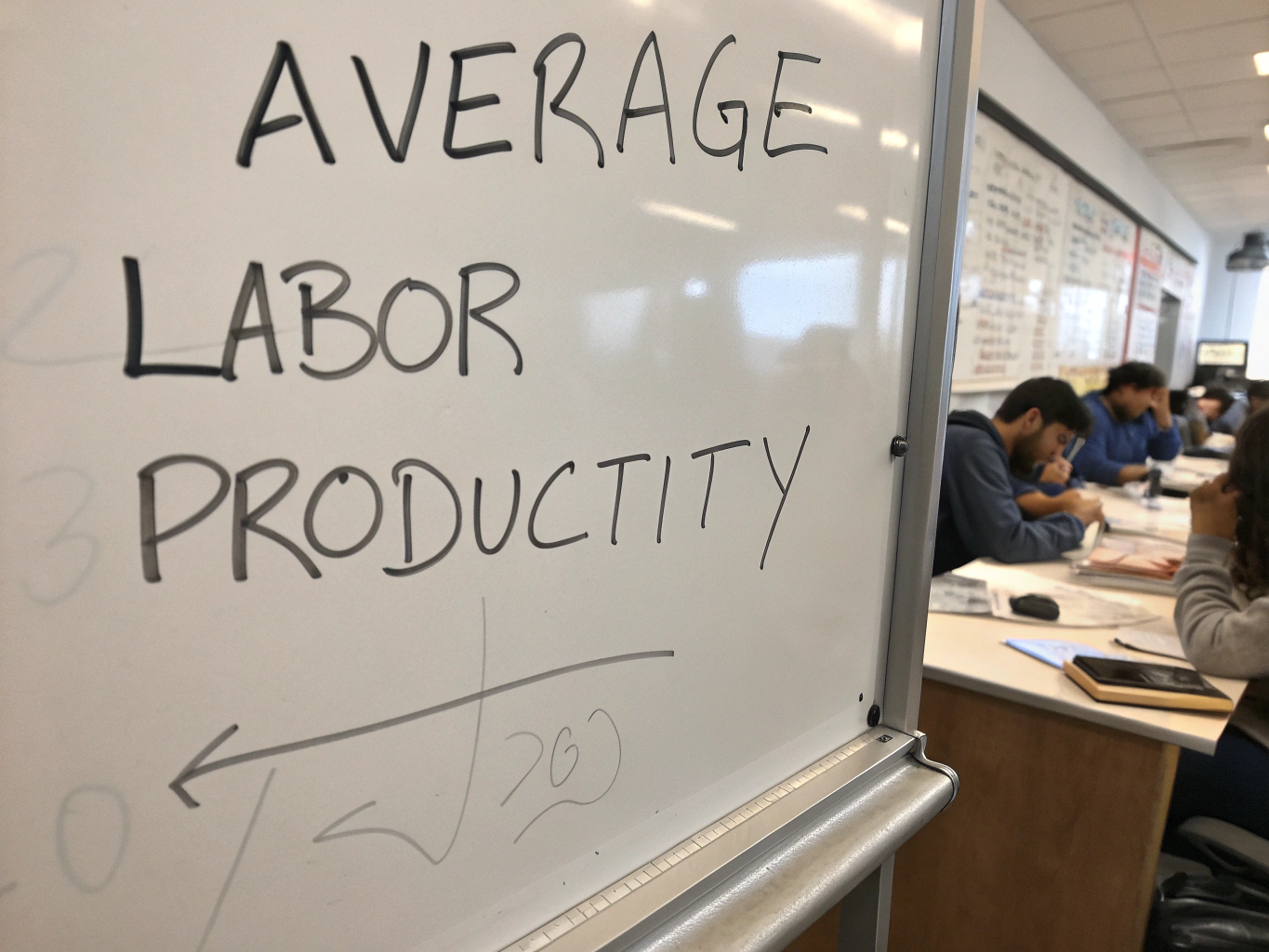How to Use the Average Labor Productivity Equation in 2025
Understanding how to calculate the average labor productivity equation is crucial for businesses aiming to improve their efficiency in 2025. As companies adapt to new market conditions and technological advancements, leveraging the correct labor productivity formula can make a significant difference. In this article, we'll explore the average labor productivity equation, how to use it effectively, and various approaches to improve workforce efficiency in 2025.
What is the Average Labor Productivity Equation?
The average labor productivity equation typically takes the form:
[ \text{Average Labor Productivity} = \frac{\text{Total Output}}{\text{Total Labor Input}} ]This means dividing the total output produced (usually measured in units or monetary value) by the total number of hours worked or workers employed.
How to Use the Average Labor Productivity Equation
-
Gather Your Data
- Collect data on total output, which can include products made or services rendered.
- Determine the total labor input, which may consist of hours worked or the number of workers.
-
Calculate Productivity Per Worker
- Use the labor productivity formula for 2025 by applying the above equation.
- For instance, if your company generates $200,000 in output while employing 20 workers for a total of 5,000 hours, your average labor productivity would be:[ \text{Average Productivity} = \frac{200,000}{20} = 10,000 \text{ per worker or } \frac{200,000}{5000} = 40 \text{ per hour} ]
-
Analyze the Results
- Identify patterns or trends in productivity. Are certain teams or departments more productive than others?
- Consider factors contributing to productivity variations. Is it due to workforce skills, equipment, or external factors?
-
Implement Productivity Analysis Tools for 2025
- Use tools like spreadsheets or specialized software to track productivity metrics over time.
- Tools can provide insights into fluctuations and help set benchmarks for future productivity goals.
-
Identify Improvement Areas
- After calculating productivity using the average labor productivity equation, focus on ways to enhance output.
- Simple steps, such as optimizing workflows or investing in training, can have significant impacts.
Improving Workforce Efficiency in 2025
- Incorporate Technology: Use technology to automate routine tasks. This frees up human resources for higher-level activities.
- Continuous Training: Upskill employees regularly to keep them updated on the latest tools and techniques. Invest in resources like the AI for Productivity eBook + Checklist: Supercharge Your Efficiency in 2381.
- Encourage Feedback: Regularly solicit employee feedback on productivity challenges they face.
- Flexible Work Environments: Allow for remote and hybrid work configurations to boost morale and increase productivity.
Frequently Asked Questions (FAQs)
1. What factors affect labor productivity?
Various factors can impact labor productivity, including technology adoption, worker skills, management practices, and workplace environment.
2. How can I track productivity over time?
Using productivity analysis tools for 2025 can help in monitoring changes and trends in your workforce efficiency.
3. Why is understanding labor productivity metrics important?
These metrics allow businesses to make informed decisions related to hiring, training, and resource allocation.
4. What is the typical output per worker?
It varies widely by industry, but companies can benchmark against industry standards to assess their performance.
Conclusion
In 2025, mastering the average labor productivity equation is essential for any organization aiming to thrive in a competitive landscape. Understanding how to leverage this labor productivity formula not only helps calculate productivity per worker but also provides insights into ways to improve overall efficiency. Don’t forget to leverage tools and resources, such as the ADHD Productivity Power Pack: Ebooks, Guides, Checklists, Workbook & Tools to Master Focus, Time Management & Organization, to enhance your productivity strategies. Let’s embrace these insights and make 2025 the year of extraordinary productivity!


